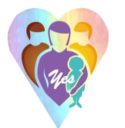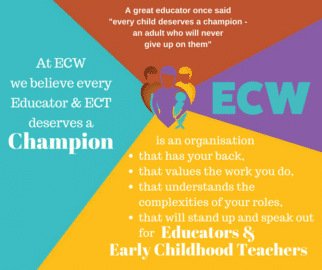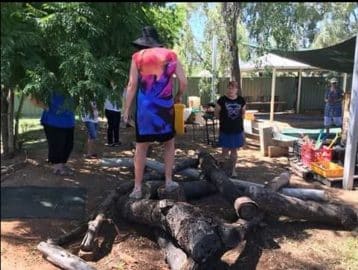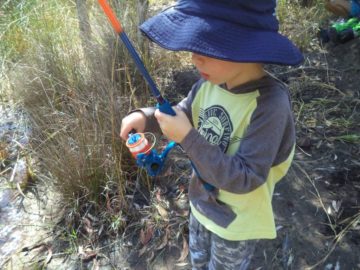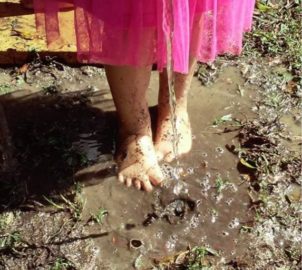Why The Reconciliation Movement Benefits ALL Australians
‘Reconciliation’ is an umbrella term used in discussion of multiple, complex social and political activities. Under various names, the ‘reconciliation movement’ dates back to the 1960s, when Australians finally began to take decisive action about creating a more unified and respectful relationship between the Indigenous and non-Indigenous populations.
Achieving reconciliation is an ongoing struggle. In fact, even defining what reconciliation might truly look like is a subject of continued debate. One thing that’s certain, however, is that harmony, inclusion and equity are good for everyone – not just Australia’s Indigenous peoples.
Why are we still talking about reconciliation?
Many people think of colonisation as an historical act, for which current Australians need take no responsibility. Yet it was only 50-odd years ago that Indigenous Australians couldn’t vote and were routinely barred from entering clubs, cafes and other public premises – and these exclusions were only the tip of the iceberg.
All these years later, Indigenous Australians statistically continue to have worse health and educational outcomes than the wider population. Racism, whether it’s overt bullying or subconscious bias, still affects the lives of Indigenous Australians on a daily basis.
A society that helps its disadvantaged citizens and embraces diversity is a nicer place for all of us to live, but reconciliation is not just about warm and fuzzy gestures. There are plenty of concrete, measurable outcomes of reconciliation policies that benefit the whole community.
What are the benefits of reconciliation?
There are many different plans and strategies in operation around the country to address the notion of reconciliation. Some councils and organisations have embraced the Reconciliation Action Plan (RAP) model, which is designed to ‘turn good intentions into measurable actions’ at a local level.
One well-documented example comes from the Shire of Quairading in WA, where a RAP has been in place since 2015. In less than a year, reporting shows encouraging signs across employment, economic and educational opportunities for Indigenous people, leading to stronger relationships across cultures to the benefit of all.
These outcomes are important on a human level, but on a purely economic level, the positives are also obvious: more people in employment and education means more people paying tax and decreased government outlays. Improved education also leads to less health expenditure on preventable diseases.
Harder to measure, but equally as important, is the cultural enrichment that comes from increased participation of Indigenous Australians in public speaking, the arts, sport, business, tourism and government. Australia’s colonial history encourages looking outwards to seek new experiences, languages and mythologies – and yet, there’s so much still to learn and share about the diverse cultures right here on our doorstep.
Mikhail Gorbachev said “Peace is not unity in similarity but unity in diversity, in the comparison and conciliation of differences.” In this way, reconciliation is about the hope for a more peaceful future that’s fully inclusive and supportive of everyone’s needs, beliefs and dreams.
Need resources about reconciliation for your home, club or classroom? Browse our range of authentic Indigenous mat designs, games, books, music and teaching tools. Contact us today!
Article provided by Global Kids Oz a proud ECW Professional Collaborator


